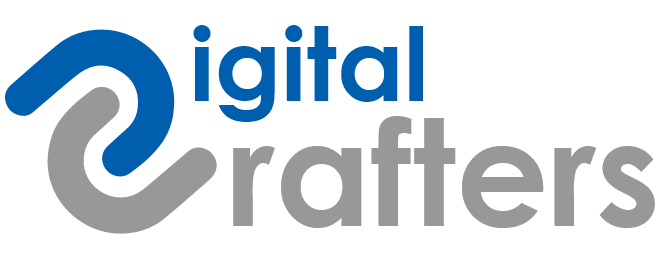Evolution is a never-ending process that defines a company's growth and success. Organizations, regardless of their domain, have made it one of their top responsibilities to deal with continually shifting dynamics. Companies all around the world have made their digital presence felt with beautiful websites and user-friendly mobile applications, according to the digital transformation race. However, how websites and apps are managed is what ultimately defines a company's destiny.
Let's take a look at the long-player in the CMS field and its challenges before we get into the Headless CMS vs WordPress debate.
What is WordPress?
WordPress is one of the most widely used content management systems on the market today. According to SEO Journal, WordPress is used on about 455 million websites throughout the world. Though the CMS has a wide range of applications, websites have become increasingly interactive as the corporate sector has changed. Traditional content management systems, such as WordPress, struggle to manage dynamic information on a website. This is due to the fact that WordPress for developers enables for the publication of static material on the website. WordPress does not allow businesses to employ interactive features on their websites.
What is a Headless CMS?
A Headless CMS is a back-end-only content management system that primarily serves as a repository for material. The ability to retrieve content via an API for display on any device distinguishes Headless CMS from the competitors. This means that a website can be designed without a front-end or presentation layer.
So, what exactly is the problem here?
For many years, WordPress has offered highly complex content management for a fraction of the cost of other content management solutions. However, with the emergence of the Headless CMS and publishers adopting automation by dynamically injecting metadata into their websites, it's worth questioning whether WordPress is still required to deliver content. For many publishers, upgrading their website is inconvenient and time-consuming. Aside from the technical and financial issues that come with WordPress plugin and system updates, WordPress mandates that each website (with its own setup) be updated separately. Furthermore, most content management code can add an extra layer of complexity to a website, slowing it down and perhaps harming its Google results. So, despite the fact that WordPress provides more control, customization, and flexibility than its competitors, it may not be the best answer for small marketing websites.
Most publishers aren't using, or even needing, the majority of what a CMS can do. So having a fully functional CMS that can now be replaced with a Headless CMS is perhaps unnecessary.
Challenges of the WordPress
Benefits of Headless CMS
Is it the end of the road for WordPress?
WordPress has a monolithic architecture, which means that the user interface and data access are on the same platform. WordPress now offers a REST API that allows it to be used without a browser. This allowed developers to use it as a back-end while working on a separate project for the front-end. Separated on the WordPress side, models and controllers are in charge of data processing and database interaction, while the front-end just uses an HTTP client to connect to the REST API.
However, there are some drawbacks, as you will still need to configure and update WordPress to keep it secure. Furthermore, you will be reliant on their technology for the creation of new features. To draw an analogy, it's like trying to update an old bike instead of buying something new, making it heavy and requiring continual attention.
Not only does a Headless CMS provide the same features as WordPress, but it also allows for on-the-fly resizing or reformatting of image CDNs, as well as added protection via S3 backups. This configuration ensures your freedom, security, and comfort while also significantly improving the performance of your application without the need of any third-party services.
Conclusion
Over the years, WordPress has been the foundation for the success of a number of websites. The CMS platform, on the other hand, is struggling to keep up with the changing dynamics of digital business. The Headless CMS, on the other hand, is meant to provide users with scalability and flexibility in order to meet the changing demands of the website's content. As a result, it's safe to predict that Headless CMS will supplant WordPress in the near future.
